The fluidity of gender is more commonly discussed today than ever before. This is partly because of more non-binary and genderqueer celebrities becoming visible in the public eye, along with more education and acceptance among the population.
The fashion industry has always been selective and strict about who they choose to represent them. Fortunately, they have begun to be more accepting and diverse with their choices. Androgynous models are having more success and more opportunities are opening up for them.
What is an Androgynous Model?
An androgynous person is someone who has both stereotypically male and female traits. Ruby Rose is a great example of this; as a female model, she regularly wears more male-orientated clothing and hairstyles to reflect a more masculine look because she has the features to make both look attractive.
An androgynous model is someone who can switch between female and male attire, accessories and styles. Men wear their hair long, paint their nails, wear make-up and show off smaller waists like traditional female models. Women wear suits, sport shorter hairstyles and pose in more masculine ways.
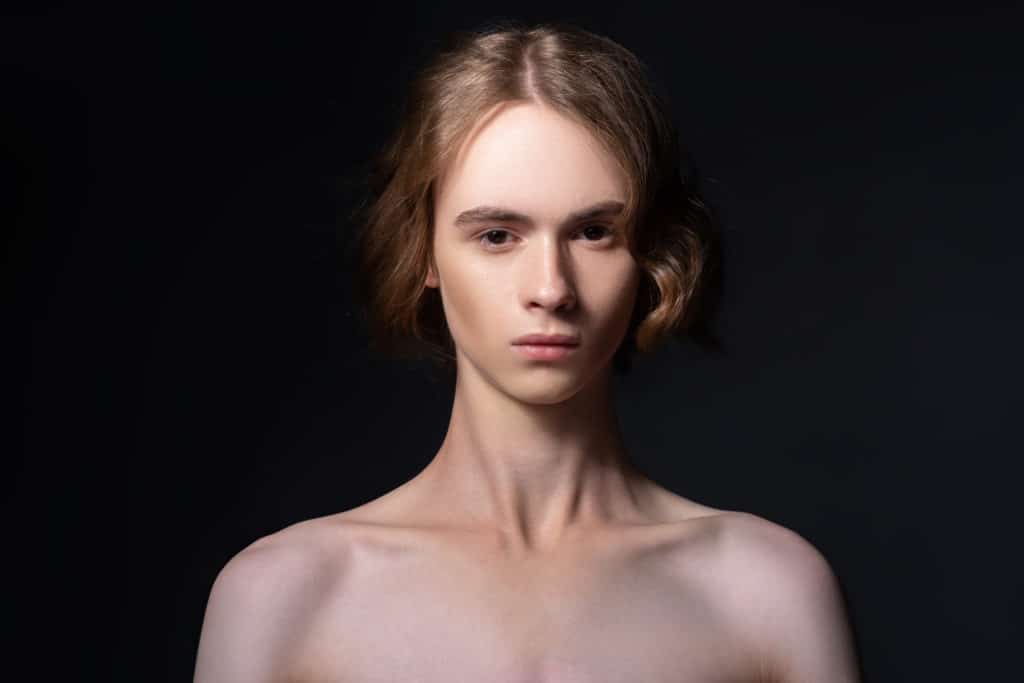
When Did Androgynous Fashion Start?
Androgynous fashion has been around since the early 1900s. In 1910, Chanel designed traditionally menswear clothing for women – trousers. The 1940s saw models in the post-suffragette era, and sought to shake off the more traditional feminising features of fashion for a more independent, fierce style.
In 1966, the first tuxedo for women was created by Yves Saint Laurent. The 60’s, in general, saw icons like Mick Jagger, David Bowie and Jimi Hendrix break boundaries and experiment with their attire. Homosexuality was also decriminalised. People felt they were more able to experiment with gender boundaries.
The 1970s saw the continued growth of the feminist movement. Personal expression was highly valued.
In the 80’s, Grace Jones and Prince continued to change things up.
For a more in-depth look at how androgynous fashion has developed over the past 100 years, read this article.
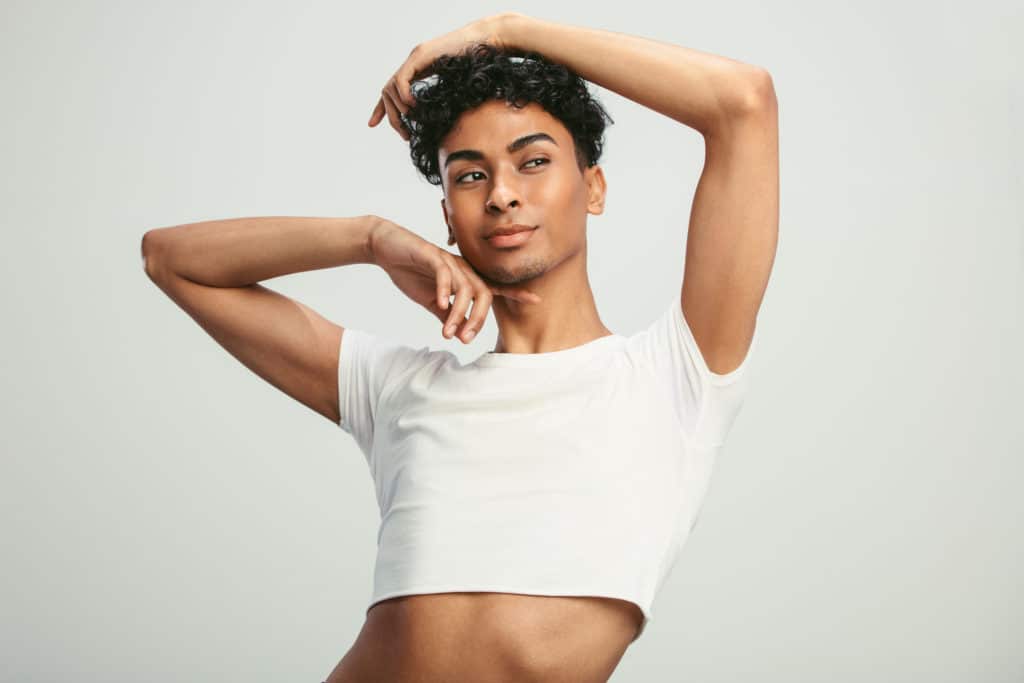
What Are the Traits of an Androgynous Model?
An androgynous model can be considered as anyone who ignores traditional gender rules. So a woman wearing a structured, masculine suit could be considered androgynous, the same as a man wearing a dress. Models with more male or feminine characteristics can emphasize them and experiment with looking like both sexes.
You can be an androgynous model regardless of your sexuality and sexual orientation.
Famous Androgynous Female and Male Models
- Rain Dove
- Ruby Rose
- Andreja Pejic
- Erika Linder
- Alex Crush
- Tamy Glauser
- David Chiang
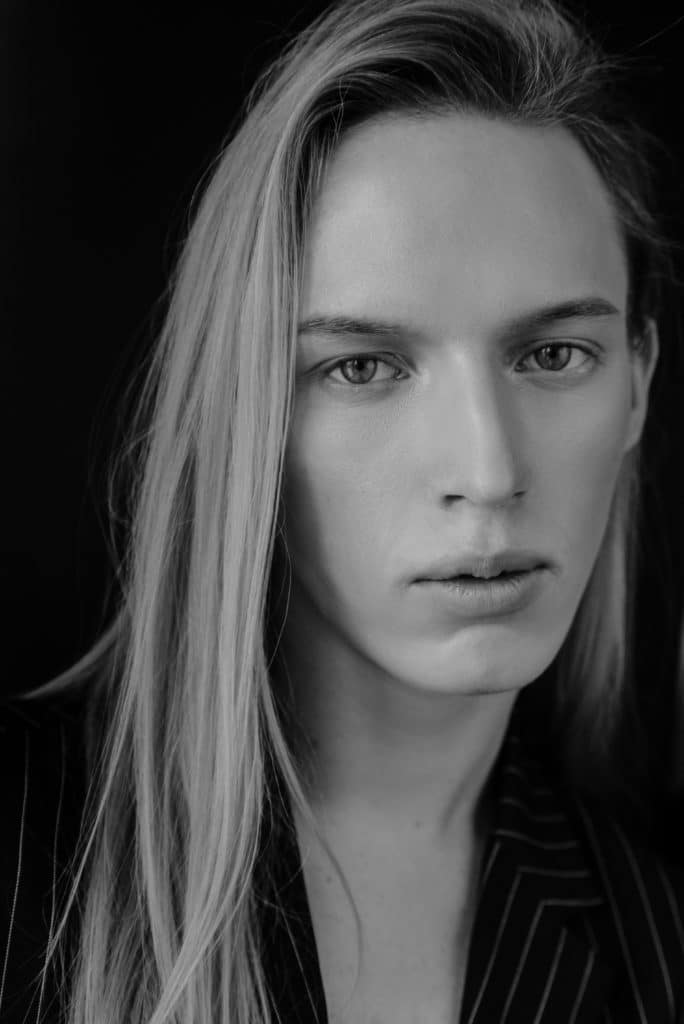
How to Become an Androgynous Model
Unfortunately, androgyny is yet to be seen as a mainstream thing. This means that androgynous models are mostly seen in high-fashion and editorials.
Diversity in the fashion industry, in general, is something that is still being fought for by the general population. Gender expectations are being fought by androgynous models as well as trans models. Some brands, like Jean Paul Gaultier, are well-known for experimenting with gender norms.
Becoming an androgynous model isn’t easy as there is a fair bit of discrimination still around and acceptance is not seen everywhere. But modelling is a difficult industry to break into regardless of your style, so don’t let it put you off trying.
Try to find an agency who works specifically with androgynous models; these agencies will have a roster of brands and clients looking for these sorts of models, so your opportunities will be far greater. Try also applying to the most popular modelling companies – you never know if your look is exactly the thing they’ve been looking for.
Be prepared for a lot of knock-backs; again, this is part of the norm in the modelling industry, so don’t let it get to you. All models face rejection during their careers. Unfortunately, androgynous models may receive more negativity and criticism than others so they must be prepared for this.
Follow other models on social media for inspiration and let yourself experiment until you have found a look that truly works for you. Fashion is all about trying new things, so continue to keep an open mind and enjoy the process of finding your ‘thing’.
Being gender fluid is far more accepted today than it has been in the past, but there is still a long way to go in terms of education and acceptance. Having more androgynous models is a great way to open the conversation and have people question gender stereotypes. What we perceive as masculinity and femininity is constantly changing.
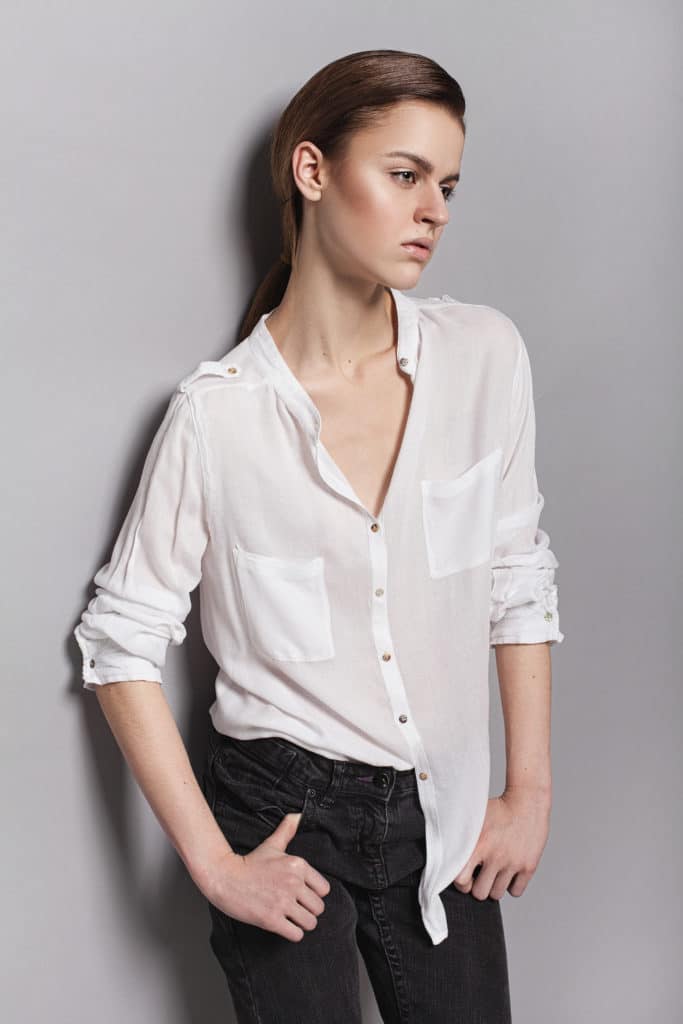

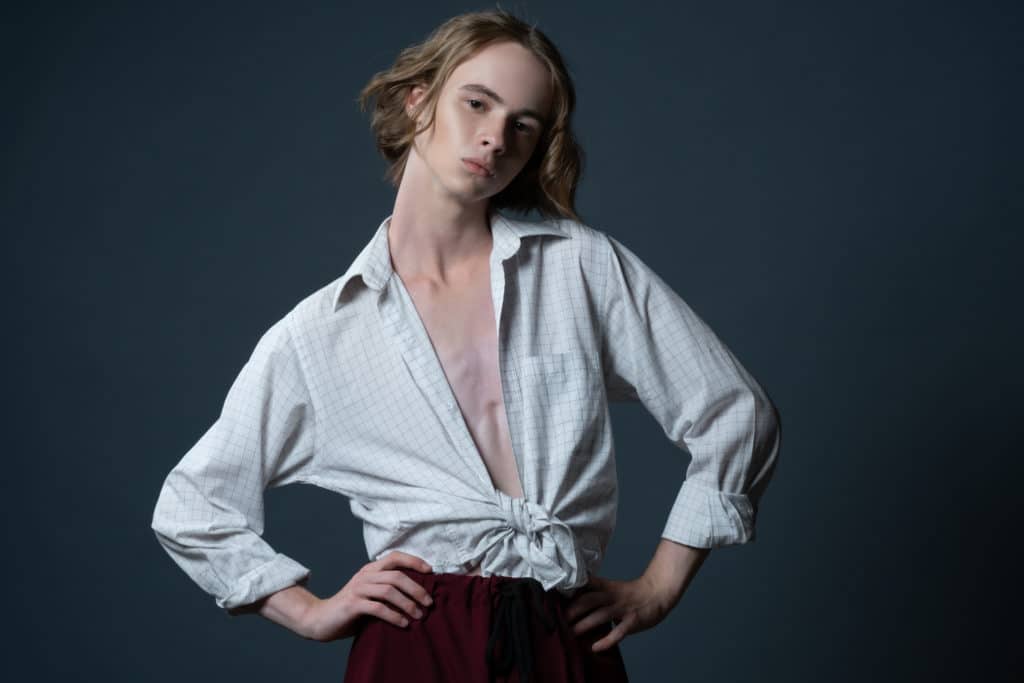
Free links Thanks for the great article indeed…
This makes me somewhat upset. Im not pointing fingers at you though, really I think its everyone else that is responsible.